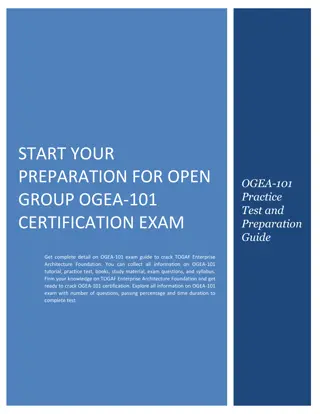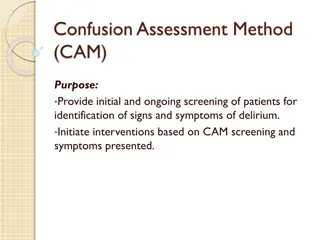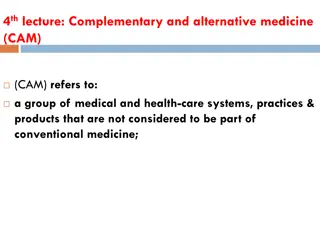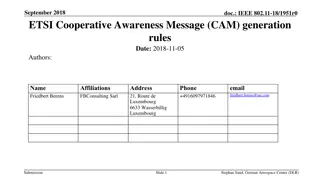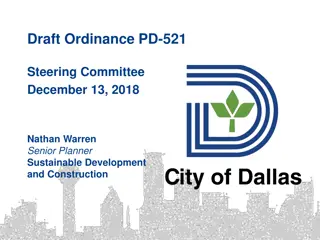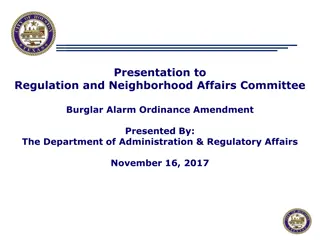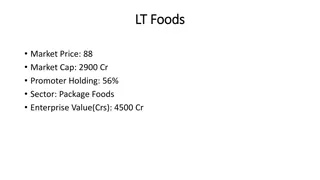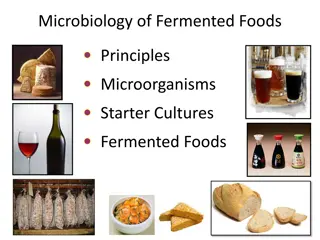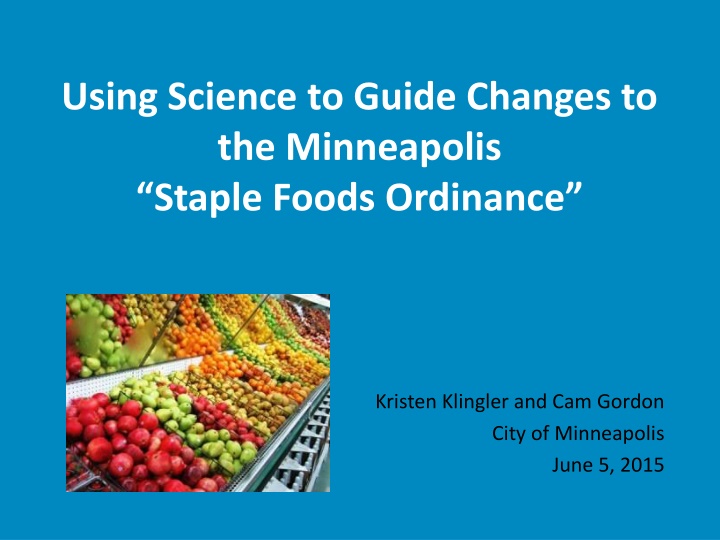
Using Science to Improve Minneapolis Staple Foods Ordinance
Explore how science is guiding changes to the Minneapolis Staple Foods Ordinance to promote equity, health, and access to nutritious options. Learn about research findings, policy assumptions, and the partnership formed to revise the ordinance with input from various stakeholders.
Download Presentation

Please find below an Image/Link to download the presentation.
The content on the website is provided AS IS for your information and personal use only. It may not be sold, licensed, or shared on other websites without obtaining consent from the author. If you encounter any issues during the download, it is possible that the publisher has removed the file from their server.
You are allowed to download the files provided on this website for personal or commercial use, subject to the condition that they are used lawfully. All files are the property of their respective owners.
The content on the website is provided AS IS for your information and personal use only. It may not be sold, licensed, or shared on other websites without obtaining consent from the author.
E N D
Presentation Transcript
Using Science to Guide Changes to the Minneapolis Staple Foods Ordinance Kristen Klingler and Cam Gordon City of Minneapolis June 5, 2015
Original ordinance requirements Exemptions for: Specialty food stores Stores in the central commercial district Gas stations under 300sf of total retail floor space 2
Policy assumptions We value equity - Fair and just opportunities and outcomes for all people. We value health - We are focused on the well-being of people and our environment. Good health is important and government has a responsibility to work to help improve it. Good nutrition is critical for individual and community health. Access to healthy food options matters. There is not equal access to healthy food in Minneapolis. Residents in some communities must shop at corner stores, gas stations, dollar stores and pharmacies where soda, chips and candy are abundant, but nutritious choices are limited. 3
Research informed us Limited access to healthy food contributes to poor nutrition and health problems. Residents living near supermarkets have healthier diets and are 17% less likely to be obese. White and higher income residents are more likely to eat 5+ fruits and vegetables per day compared to lower income residents and people of color. 4
Federal government changed the landscape Women, Infants, and Children (WIC) Leapfrogged Minneapolis standards in 2010 Required stores to stock specific quantities and types of food across 14 categories After that For the first time in decades, the obesity rate in the United States plateaued and started to drop. Research found that diets of WIC recipients improved and obesity declined. Research found that access to a larger variety of healthy food in corner and convenience stores improved. 5
Partnership formed to guide City ordinance revisions City Council Ward 2 office Minneapolis Health Department University of MN School of Public Health 6
University research assistance Conducted assessments of at-risk stores to gather baseline compliance data Suggested revisions to draft ordinance language based on current food packaging and store stocking practices Assisted City staff in gathering community input; presented relevant research data and health trends at industry feedback meetings 7
Community feedback gathered New requirements based on WIC standards but modified to reflect store owner input Fewer required categories and more flexibility allow stores to meet cultural food preferences and needs Significant support from community residents and organizations 8 Photo credit
Ordinance revisions adopted in 2014 With broad-based community support, including from corner store operators With testimony from the lead University researcher at the public hearing Unanimously by the City Council 9
Key ordinance changes Original 2008 ordinance Business Licensing determines store status and monitors/enforces requirements 4 required food categories Minimum # of varieties, but no minimum quantities Vague quality standards Confusing exemption criteria that were difficult to apply consistently Revised 2014 ordinance Business Licensing determines store status; Health inspectors monitor/enforce requirements 10 required food categories Reasonable minimum # of varieties and quantities Improved quality standards Clearer exemption criteria that exempt fewer stores 10
Implementation and enforcement Ordinance changes effective April 1, 2015 Year 1: Education, training, and support for stores; compliance checks with no enforcement Year 2: Ongoing education, training, and support; compliance checks with standard enforcement 11
STaple food ORdinance Evaluation (STORE) Study Objective evaluation of the impact on: Food availability in stores Customer perceptions and purchases Store owner/manager perceptions Healthy home food availability Principal Investigator: Melissa Laska, PhD, RD With Caitlin Caspi, ScD; Lisa Harnack, DrPH; Darin Erickson, PhD; Kristen Klingler, MPH, CHES and Jennifer Pelletier, MPH 12
Ongoing City-University partnership Co-chair Staple Foods Ordinance Advisory Committee Mentor other cities interested in passing a similar ordinance Pilot test store inventory assessment protocols and data collection tools 13


